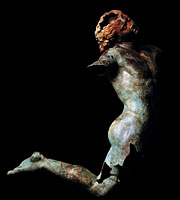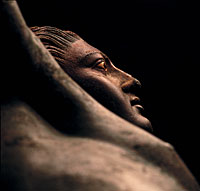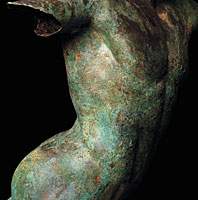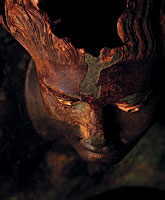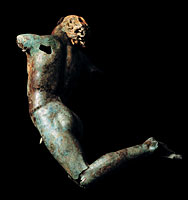Hyokeikan
February 19, 2005 (Sat) - March 13, 2005 (Sun)
This exhibition was designed to introduce The Dancing Satyr, one of the most important national treasures of Italy, at Tokyo National Museum for the first time in Japan. This fine bronze was miraculously salvaged from the sea of Sicily in 1998 after more than two thousand years on the sea-bed.

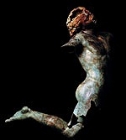
 Buy tickets for both exhibitions together at discount prices.
Buy tickets for both exhibitions together at discount prices.  Visitors with advance tickets (adults 700 yen, students 500 yen) or tickets sold at other places (adults 800 yen, students 600 yen) can purchase the ticket for another exhibition, "
Visitors with advance tickets (adults 700 yen, students 500 yen) or tickets sold at other places (adults 800 yen, students 600 yen) can purchase the ticket for another exhibition, "